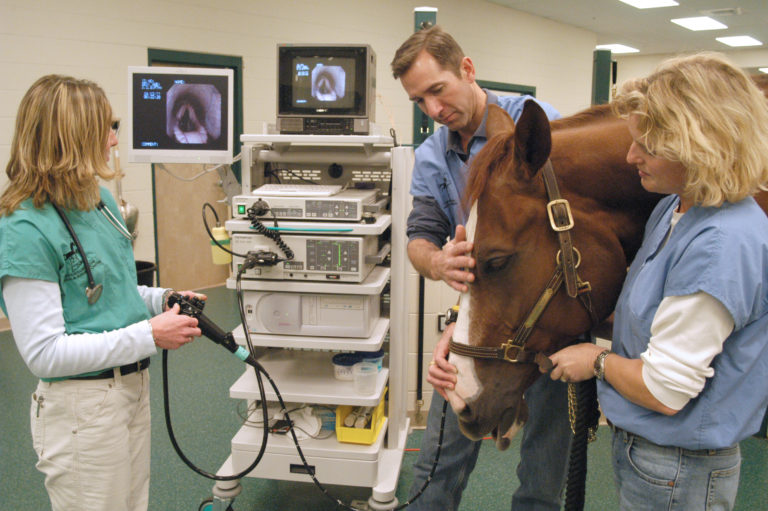Q: What can I do to really stay with my horse’s medium trot? I work and have to become a weekend rider during the winter when the days are too short to ride afterward. I do stretches every day, but I just dread trying to sit my mare’s medium. Is there anything I can do to keep from feeling like a sack of potatoes across the long diagonal?
—Susan McGill of Los Luras, New Mexico
A: I should first stress that there is no substitute for hours in the saddle and time spent being longed. Even if you could get on your horse for just 10 minutes every day, you would help your body maintain its muscle memory of a horse’s movement. This aside, use your free time to keep yourself physically fit.

All riders, whether professional or amateur, have the responsibility to present themselves as physically fit as possible to their equine partners. The way we communicate with and influence the horse is through the use of our bodies. We should not expect to control a body mass of 900 to 1300 pounds if we cannot control our own bodies. Physical fitness helps us to be more explicit when we “speak” to our horses.
Working at home with an exercise video three to four times a week may help, especially if you do a workout that stresses your abdominal muscles and stretching exercises. Many people also find that disciplines such as Tai Chi help with body coordination and control. Ballroom dancing is also good for riders: It helps keep you supple, sensitive to your partner and moving within a rhythm.
During the time of the year when you ride only on the weekends, I recommend you only sit a few strides at a time in the medium and extended trot. This will help your mare to keep her back up and swinging, no matter how stiff you may have gotten during the week. Of course, you don’t want her to hollow, as this will only compound the problem.
During the summer months when you ride regularly, I recommend lots of longe lessons to acquire a supple and independent seat. During a lengthening, it is essential that your thigh be relaxed and elastic while lying flat against the saddle. This is best developed and practiced on the longe while holding the pommel of the saddle. Once you have the feel of the movement, you can let go of the saddle for longer and longer increments.
Even though you cannot ride during the winter, is your mare being ridden to keep her fit? If she is “let down” during the winter, she is unlikely to be able to carry herself very well this coming spring. This will make her lengthening feel very jarring, as she will be pushing herself onto her shoulders and will have to make herself fairly rigid to keep from somersaulting. If possible, arrange training for your mare during the winter.
I suggest that you consider having her schooled three times during the week in the winter and then having your trainer longe you on Saturday. On Sunday, work on your own and try to digest your work from the day before. Keeping both you and your horse in shape should help you both feel more comfortable in all of your work.

Charlotte Bredahl was a member of the bronze medal-winning 1992 United States Olympic Dressage Team in Barcelona on her Danish Warmblood gelding, Monsieur. In 1993, they were the highest-scoring American pair at the CDI in Aachen, Germany.











